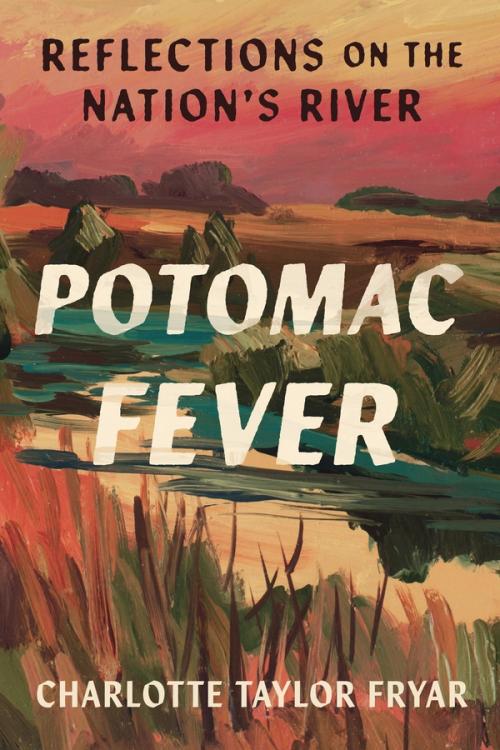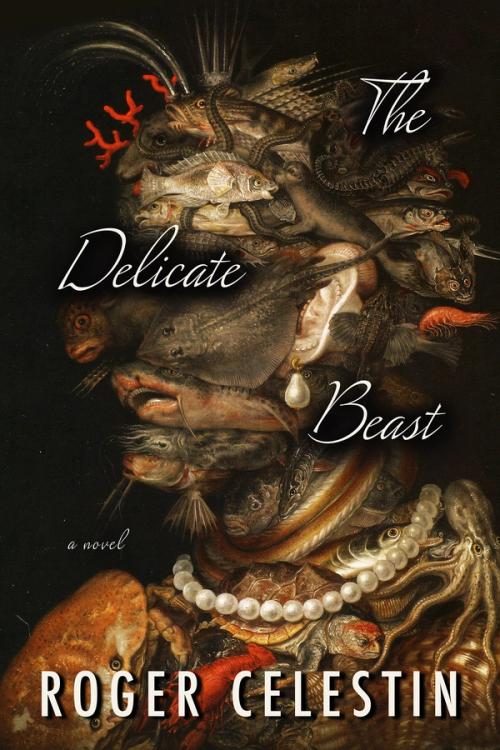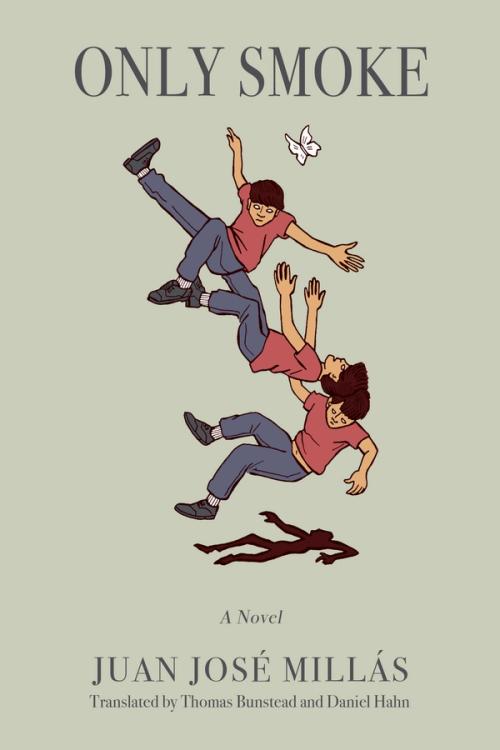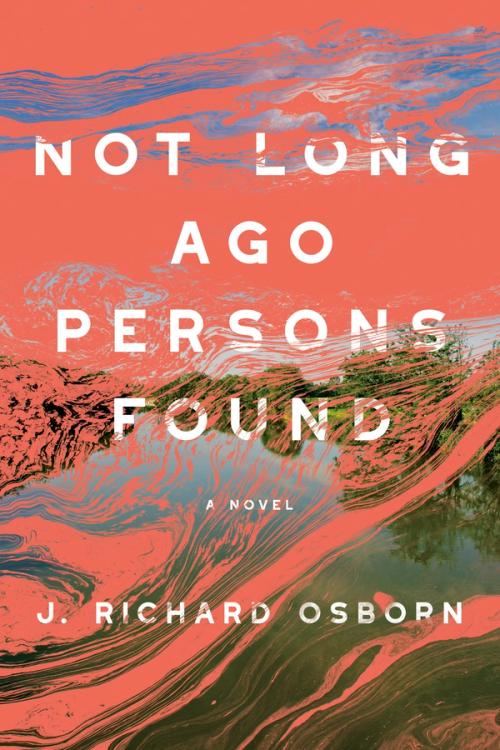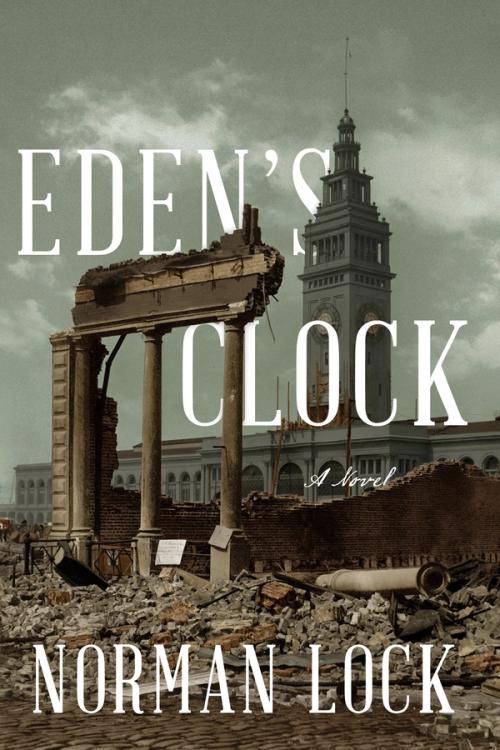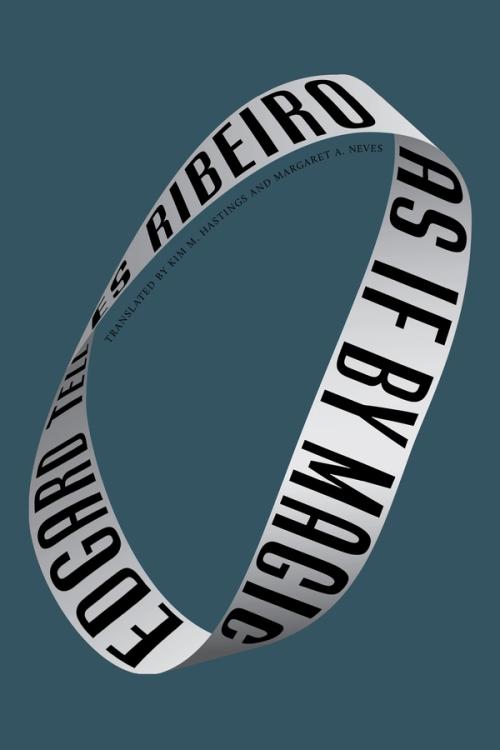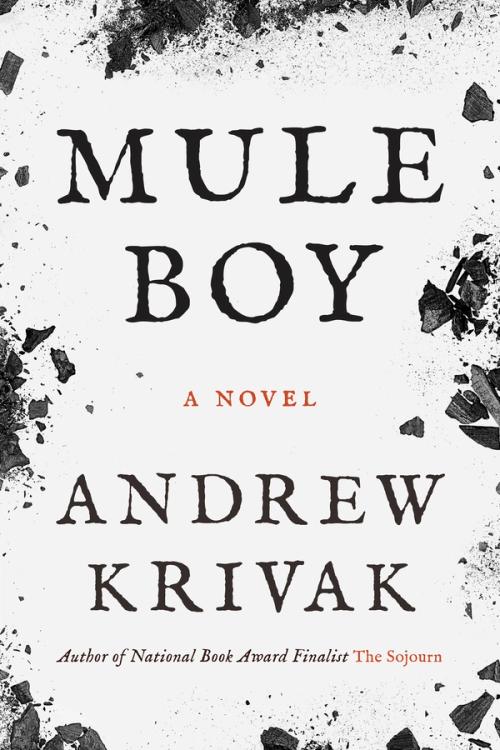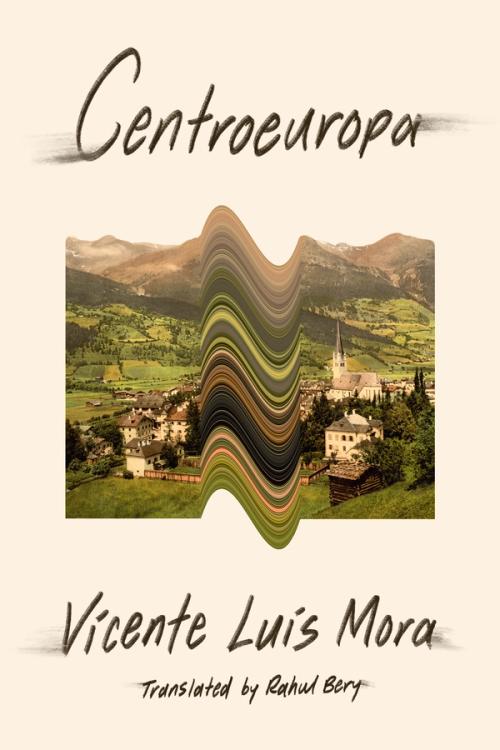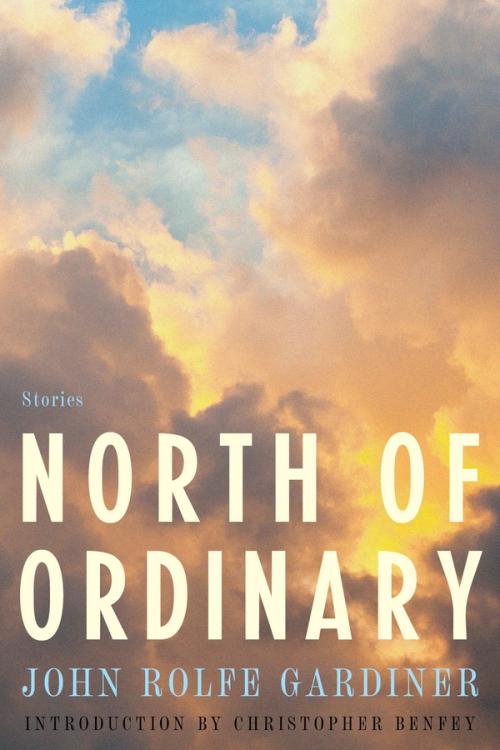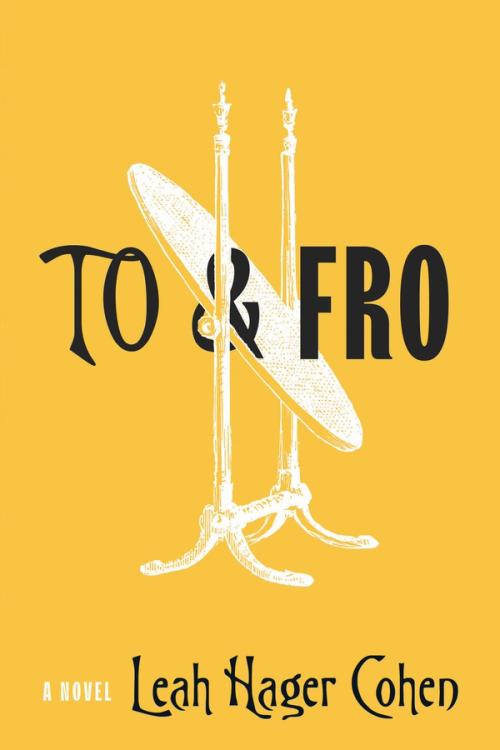Latest News
Alex Green discusses A Perfect Turmoil with the Waltham Times, Psychology Today, North of Oxford, and Publishers Weekly, and writes about Dr. Walter E. Fernald’s legacy at WBUR and in Harvard Magazine.
Bellevue Literary Press . . . must be lauded for its prescience in publishing.
— Joan Frank, San Francisco Chronicle
From Our Authors
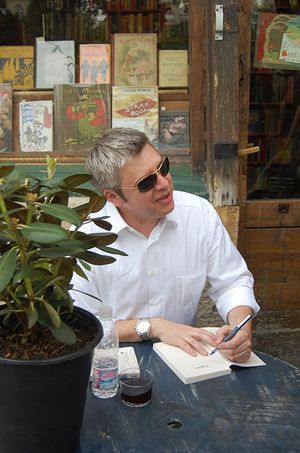
As a consequence of Bellevue’s being positioned in this intersection of humanism and medicine, I’ve ended up attending a different genre of appearances. For example, I’ve gone to medical schools and conferences on humanism and medicine. . . It’s this beautiful synthesis of realms that comes together in a way that I’ve never seen in any other endeavor, which I think is at the foundation of Bellevue Literary Press’ mission. Regardless of the letter of our particular discipline, we all share that common spirit of creativity and I don’t think you can put a price tag on it.
Award Winning Titles
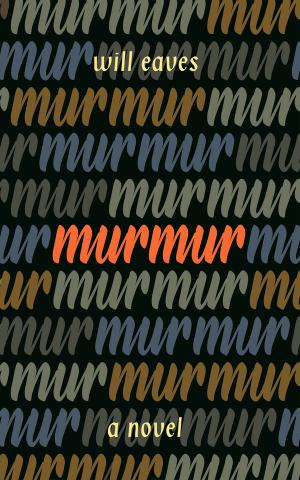
Will Eaves’s novel Murmur is based on the darkest chapter in the life of genius Alan Turing.


